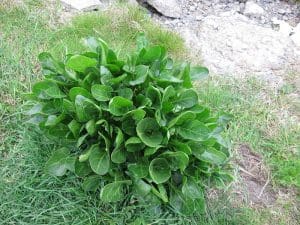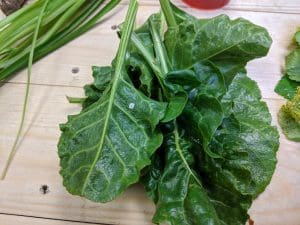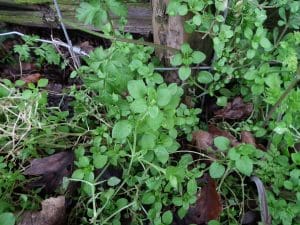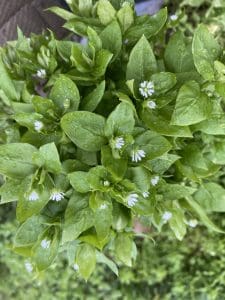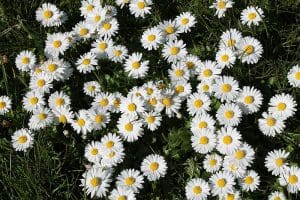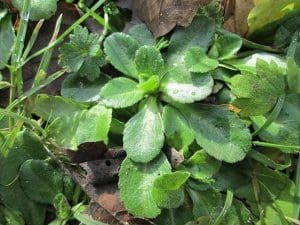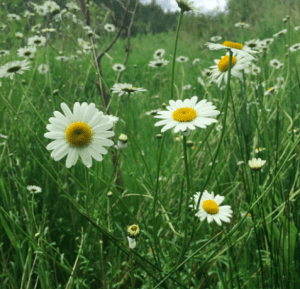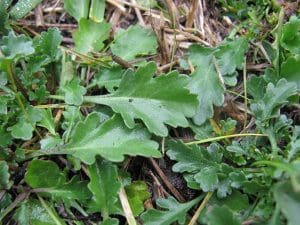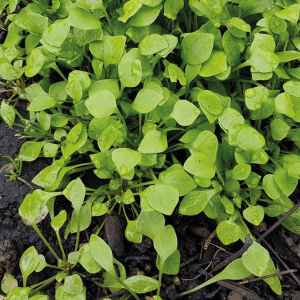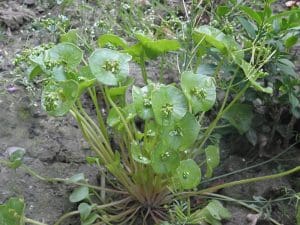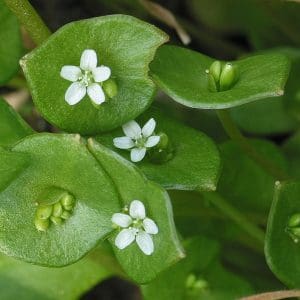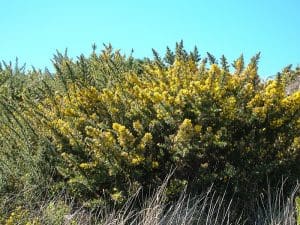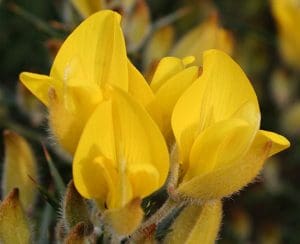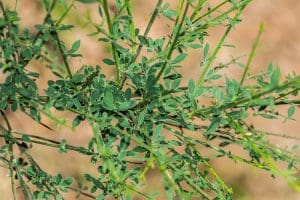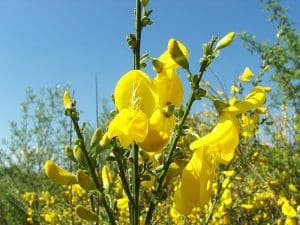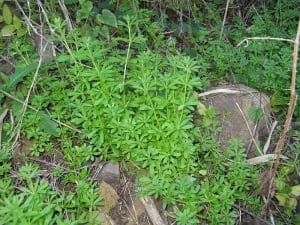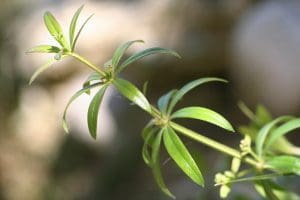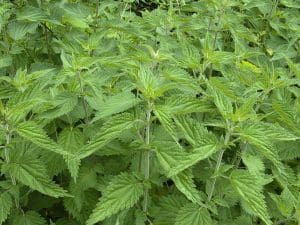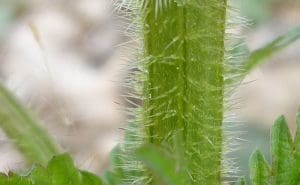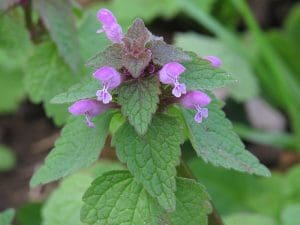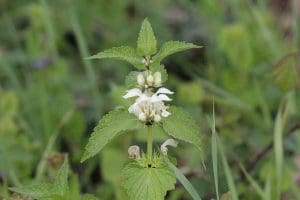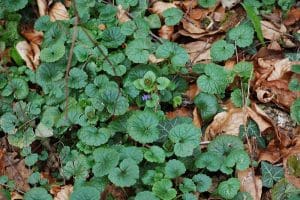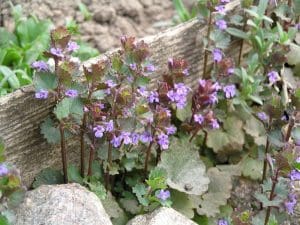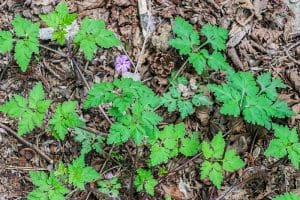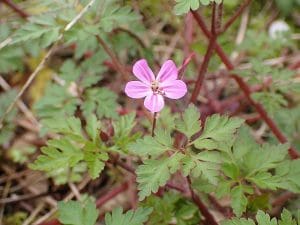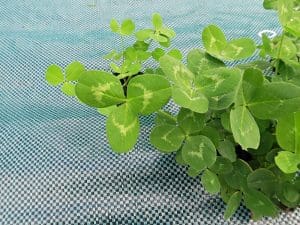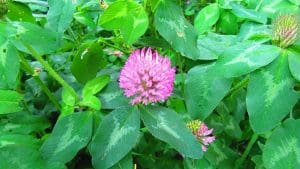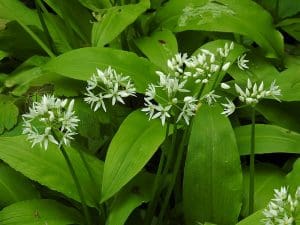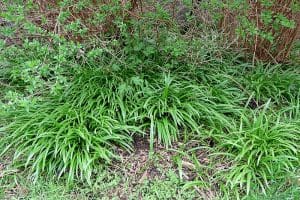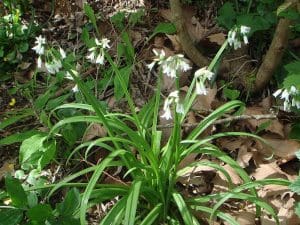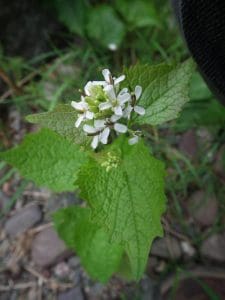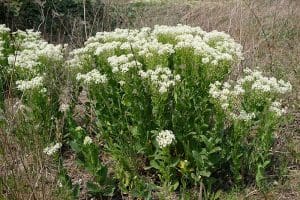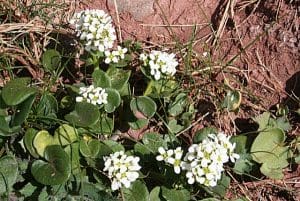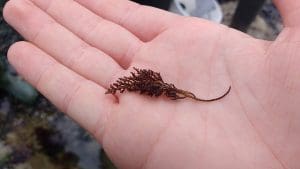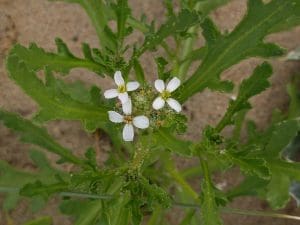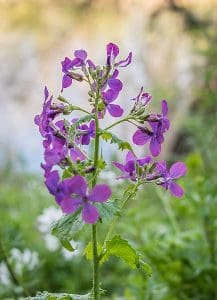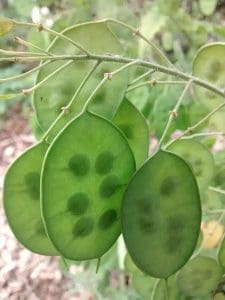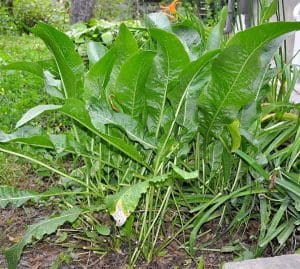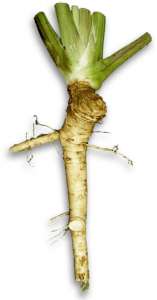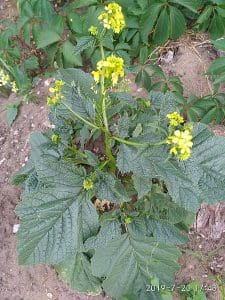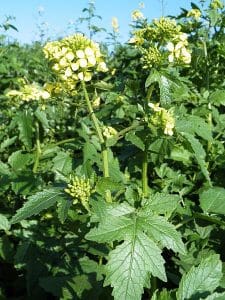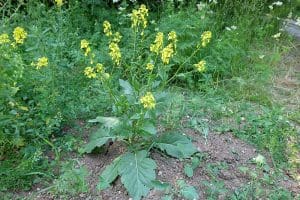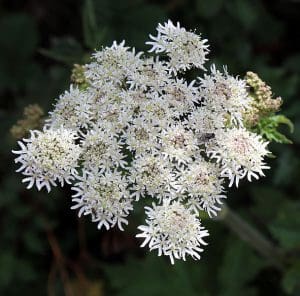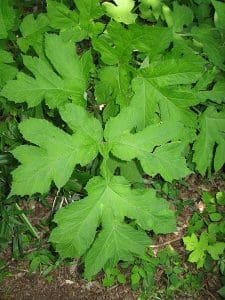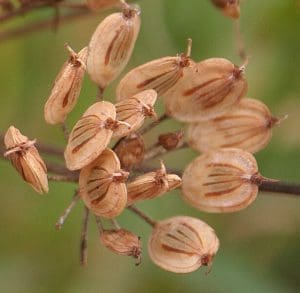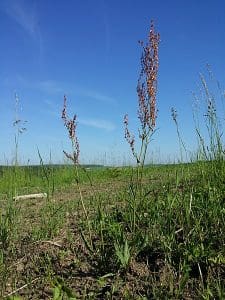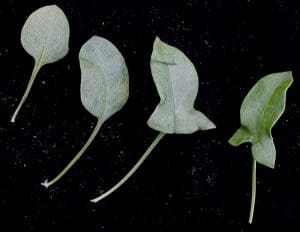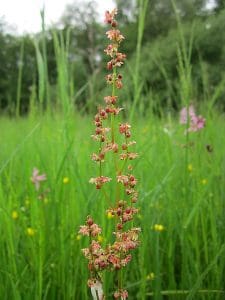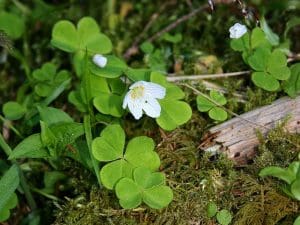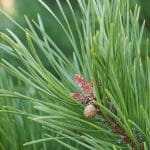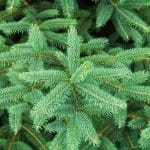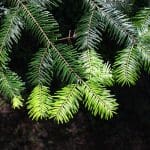Come the apocalypse, or more optimistically, a sustainable future, we may well all be looking for more of a taste of the Wild.
Many people are surprised to learn that not all foraged food tastes like grass or has that ‘green flavour’ or is ‘a bit bitter’. Admittedly a lot of wild plants have a mild flavour. Some taste like peas and others a bit like spinach. Nothing wrong with peas and spinach and mild flavours are great to add bulk, give a background, or even dilute and tone down some of the stronger flavours. Bitterness is one of the first flavours to dissipate with the addition of a little heat, but it is worth keeping some bitterness in your diet because it stimulates digestive juices, reducing the likelihood of indigestion and also wakes up the taste buds, helping you to appreciate other flavours present.
Mild Flavours we can Forage in our Search for a Taste of the Wild
Some examples of mild flavours include
Sea beet, which naturally grows in coastal areas, just above the high tide mark. It’s proximity to the sea adds a saltiness – like a pre-salted spinach that doesn’t reduce to a tenth of its original bulk when cooked, like actual spinach does, and it can be eaten raw in salads too – providing even more iron than spinach does.
Chickweed is great for the lymphatic system and is best in a salad, giving a lovely mild, fresh flavour, a succulent crunch and another great boost of iron.
Common Daisy leaves are succulent and cucumber-like in flavour, as are the more substantial Ox-eye Daisy leaves.
Spring Beauty/Miners Lettuce also has a pea-like flavour and is rich in vitamins A and C.
Gorse and broom are protein rich legumes with a pea-like flavour but in the early months of summer they increases their production of aromatic oils to attract pollinators and provide a delicious coconut flavour. Only the flowers are edible.
Salads
The below all make an excellent contribution to a salad and are a tasty alternative to lettuce in our taste of the wild
Cleavers (Goose grass, sticky weed, sticky willy, sticky wicky…….) also tastes like peas but you will have to heat it over 60oC to soften the hooked hairs so it doesn’t stick in your throat. Excellent for cleansing the lymphatic system, and, as many gardeners will agree, you’ll struggle to overharvest it.
Nettles – a great spinach substitute with all the minerals, vitamins and amino acids you need for optimal health.
Slightly Stronger Flavours in our Taste of the Wild
In the mint family, Red and White dead nettle have a subtle earthy flavour and the flowers add a subtle sweetness and depth to a salad.
The unique flavour of Ground Ivy has been described as having a flavour like mint sauce mixed with lamb gravy. It is a great companion to cheeses and adds another dimension to salads. Then, of course, there are the minty-flavoured mints, of which Water Mint is the ancestor and has a soft, versatile minty flavour, suitable for both sweet and savoury dishes.
Other herbs found in abundance include
Herb Robert, named for Robin Goodfellow – the mischievous house-goblin, who I always envisage wearing red trousers and a pink hat (you’ll understand why if you find him on the edge of a wood!) has a slightly bitter peppery flavour – a good addition to salads or teas to oxygenate your blood and lift your spirits.
Clover, whose protein-rich leaves are mildly peppery, while the nectar of the flowers, particularly the pink ones, add sweetness.
Garlic and onions found in a Taste of the Wild
These flavours are found in the many varieties of Alliums but also in Garlic Mustard/Jack-by-the-Hedge, which is prolific on the edges of roadsides, woodlands, fields, rivers and streams.
Peppery flavours
Peppery flavours are often found in coastal species like Hoary Cress, Scurvy Grass, Pepper Dulse seaweed, and Sea Rocket, and also in the seed pods of Honesty.
These all have a wasabi-like flavour.
Wild Horseradish leaves give a hint of the familiar horseradish flavour, but if you have some in your garden to dig up, or can gain permission to dig up the roots elsewhere, they are much more potent than the shop bought alternative.
Hot Mustards
Mustardy flavours are available from the leaves of Charlock/Field Mustard, and White and Black Mustards which can all be found growing wild. Their seeds can be ground down and made into a mustard paste using water or vinegar.
Spices
Hogweed seeds have been likened to cardamon.
The leaves, stems, flowers, pollen and seeds of Fennel are the most flavoursome aniseed.
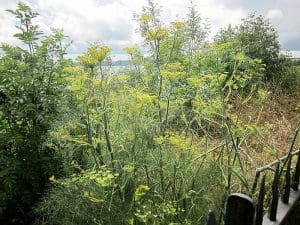
Sea Arrowgrass is an easy substitute for coriander.
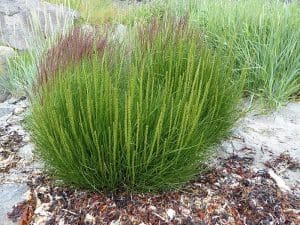
For sharp citrus flavours in our Taste of the Wild, We have:
Sorrel – Common Sorrel, Sheep’s Sorrel and Wood Sorrel – all have a sharp, refreshing, lemony/cooking apple flavour. They can be used in salads, stuffed into fish or even bledned and used like a substitute for lemon juice in cocktails or for lightly curing fish.
Young leaves of the Beech tree, which can be added to salads or infused into Brandy to make Beech Leaf Noyau liqueur.
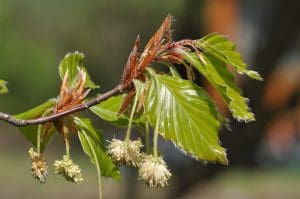
The needles and pollen of Pine, Spruce and Fir. When young and still soft the needles can be added to salads, infused into water, alcohol, or vinegar or ground into sugar to add a lemony flavour to baked treats.
NB/ Please be wary when picking these conifers that you’re happy you aren’t picking the toxic Yew.
The milder flavoured plants discussed here are best in salads as their flavours are quickly lost in cooking. If using them in cooked dishes it is best to add them at the end, just to warm them through for their contribution to be fully appreciated. The stronger flavoured plants don’t need much cooking either but will retain their flavours for longer.
Its really a matter of experimentation and finding out what’s growing near your home. And don’t forget to take your foraging basket and knife when you go for a day at the beach or a walk outside your usual patch. There’s a good chance you’ll find something to add variety to the pot and variety is the spice of life.
Happy Foraging!



